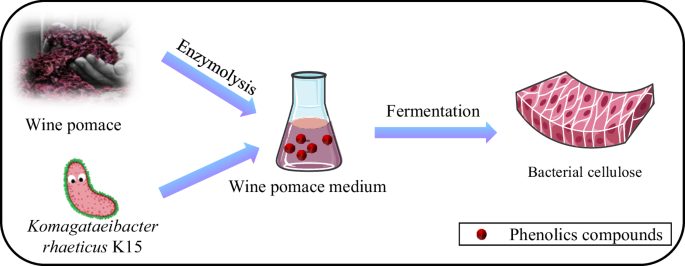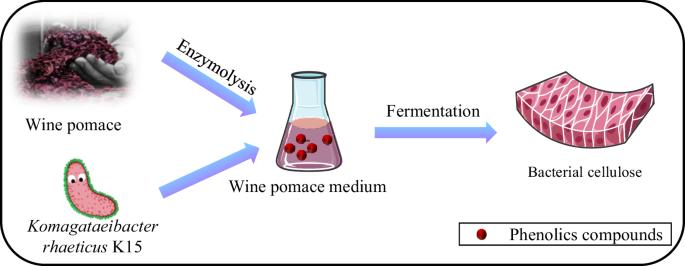发酵葡萄酒渣生产的富含多酚的细菌纤维素凝胶去除六价铬的机制
IF 10.4
1区 工程技术
Q1 ENGINEERING, CHEMICAL
引用次数: 0
摘要
六价铬(Cr(VI))仍然是水中常见的污染物。在这项工作中,我们研究了由 Komagataeibacter rhaeticus K15 利用酒渣合成的富含多酚的细菌纤维素(BC)凝胶对六价铬的吸附。结果表明,平衡去除能力为 473.09 ± 1.41 mg g-1(干重)。准二阶动力学模型和 Langmuir 去除等温线模型最适合描述六价铬的去除过程。在去除过程中,BC 凝胶释放到溶液中的多酚将有毒的 Cr(VI) 还原成 Cr(III),从而将有毒的 Cr(VI) 转化为低毒的 Cr(III)。傅立叶变换红外光谱、X 射线衍射、XPS、SEM-EDX 结果表明,BC 表面的物理吸附以及多酚基团与六价铬之间的还原反应是 BC 去除六价铬的关键机制。该研究结果表明,从葡萄酒渣中提取的富含多酚的 BC 凝胶具有未来净化六价铬废水的优越性。本文章由计算机程序翻译,如有差异,请以英文原文为准。


Mechanism of Cr(VI) removal by polyphenols-rich bacterial cellulose gel produced from fermented wine pomace
Hexavalent chromium (Cr(VI)) is still a common contaminant in water. In this work, we studied the Cr(VI) adsorption by polyphenol-rich bacterial cellulose(BC) gel, synthesized by the Komagataeibacter rhaeticus K15 using wine pomace. The results showed that the equilibrium removal capacity was 473.09 ± 1.41 mg g−1 (dry weight). The quasi-second-order kinetics model and the Langmuir removal isotherm model was the most suitable for describing the Cr(VI) removal process. Toxic Cr(VI) was converted to the low toxic Cr(III) during the removal process via the reduction of Cr(VI) to Cr(III) by polyphenols released into the solution by the BC gel. The FTIR, XRD, XPS, SEM-EDX results indicated the physical adsorption on the surface of BC and the reduction reaction between polyphenol groups and Cr(VI) is the critical mechanism of Cr(VI) removal by BC. The finding of this study demonstrates that polyphenols-rich BC gel produced from wine pomace has a superior feature for future Cr(VI)-wastewater purification.
求助全文
通过发布文献求助,成功后即可免费获取论文全文。
去求助
来源期刊

npj Clean Water
Environmental Science-Water Science and Technology
CiteScore
15.30
自引率
2.60%
发文量
61
审稿时长
5 weeks
期刊介绍:
npj Clean Water publishes high-quality papers that report cutting-edge science, technology, applications, policies, and societal issues contributing to a more sustainable supply of clean water. The journal's publications may also support and accelerate the achievement of Sustainable Development Goal 6, which focuses on clean water and sanitation.
 求助内容:
求助内容: 应助结果提醒方式:
应助结果提醒方式:


